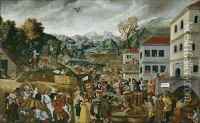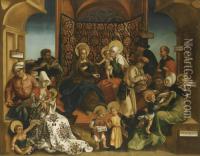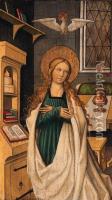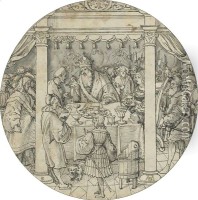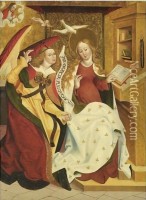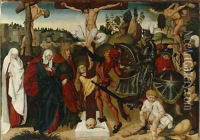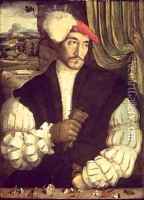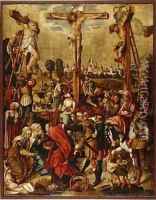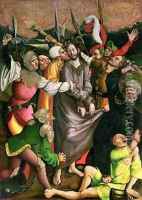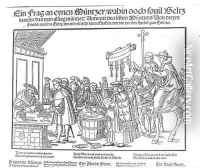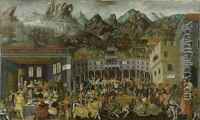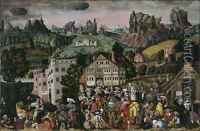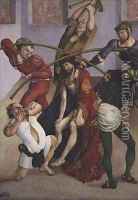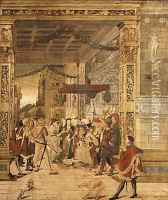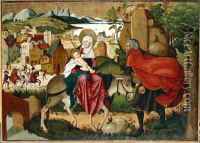Jorg the Elder Breu Paintings
Jörg Breu the Elder, born around 1475 in Augsburg, was a significant German painter and designer of woodcuts during the Renaissance period. His early life and training are not well-documented; however, it is believed that he likely received his artistic education in his hometown, which was a vibrant center of art and culture at the time.
Breu's work was primarily influenced by the Danube school, a style characterized by expressive landscapes and vibrant colors. He also showed an affinity for the Italian Renaissance, integrating its techniques and motifs into his own compositions. His art often depicted religious themes, mythological scenes, and occasionally portraits. Breu was also known for his attention to detail and his ability to capture the texture and quality of various materials in his paintings.
Beyond his paintings, Breu was renowned for his woodcuts, a medium that was gaining popularity for its ability to reproduce images more widely. His designs were used for book illustrations and standalone prints, contributing to the diffusion of Renaissance art beyond the elite to a broader audience.
Throughout his career, Breu worked on several large commissions for altarpieces and other ecclesiastical works. These projects often involved collaboration with other artists and craftsmen, reflecting the collaborative nature of art production during the Renaissance.
Jörg Breu the Elder passed away in 1537 in his hometown of Augsburg. His legacy was continued by his son, Jörg Breu the Younger, who was also an accomplished artist. Despite not being as widely known as some of his contemporaries, Breu's work remains an important part of the German Renaissance and provides valuable insight into the cultural and artistic milieu of early 16th-century Germany.
